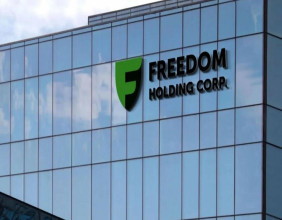Headlines
- Levi Strauss announces dividend payment of $0.13 per share on November 14
- Healthy cash flow supports dividend despite past earnings inconsistencies
- Future earnings growth anticipated, but caution is warranted
Levi Strauss & Co. (NYSE:LEVI) has confirmed a dividend payment scheduled for November 14, distributing $0.13 per share to investors. This payment reflects a yield of 2.6%, surpassing the industry average. A significant aspect of the company's financial health is its ability to generate strong cash flows, which is a positive indicator for sustaining dividends over time. Despite previous concerns regarding earnings coverage, the company’s cash generation provides a buffer for dividend payouts.
Looking ahead, analysts project a substantial increase in earnings per share, suggesting that the company may maintain its recent dividend trends. The anticipated payout ratio is estimated to settle around 33%, which aligns with comfort levels for many stakeholders. This outlook is encouraging, especially in light of healthy cash flows that can support dividends even when profits fluctuate.
However, the historical consistency of Levi Strauss' dividend payments raises some caution. An analysis of the last five years shows variability in annual payments, with the most recent fiscal year's dividend at $0.52 compared to $0.30 in a prior year. This indicates a growth rate of approximately 12% per year. While the growth trend is notable, the fluctuations in payment history necessitate a careful approach when assessing future dividends.
The potential for dividend growth appears uncertain due to past cuts. To better understand future prospects, it is essential to monitor the company's earnings trajectory. The decline in earnings per share over the last five years, estimated at around 18% annually, highlights challenges the company may face. Despite these issues, forecasts suggest an upward trend in earnings over the coming year, providing hope for improved dividend stability.
As Levi Strauss navigates these financial dynamics, the combination of anticipated earnings growth and a strong cash flow position presents an optimistic outlook. Stakeholders should remain informed as the company evolves and demonstrates its ability to enhance dividends sustainably in the future.





